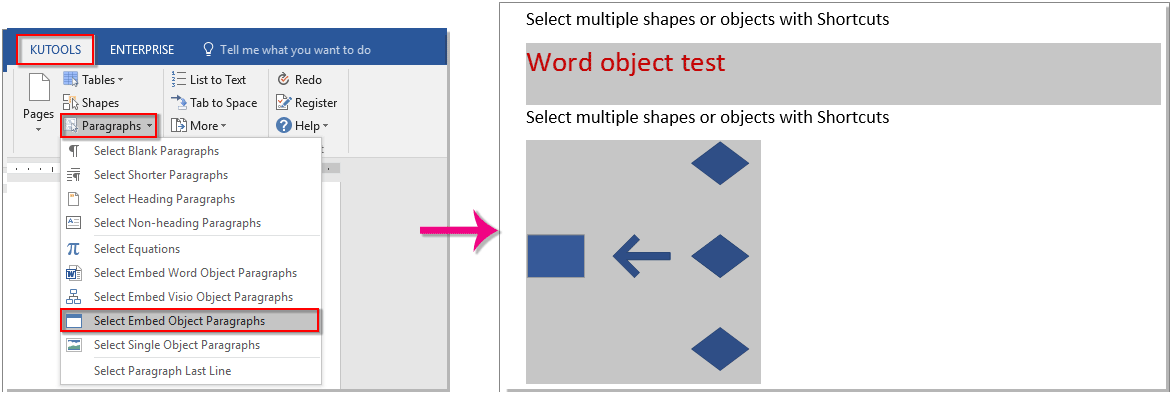
Given all the BPMN shapes and conditions specified in the BPMN standard, you may find it challenging to build a BPMN diagram that conforms to the standard. For example, the diagram below was built in the new Visio, and it shows a simple ordering process that uses a variety of BPMN 2.0 shapes.


The list goes on: in total, we support about 360 graphically different BPMN shapes! Ultimately, this gives users a wide selection of shapes to express process diagrams. In addition, there are 64 types of Collapsed Sub-Process and 64 types of Expanded Sub-Process shapes. There are 36 Task shapes shown above and another 108 variations on the Task shape not shown. Here are some of the possible shapes that can be derived from the basic Task shape. This greatly reduces searching through shapes to find the correct shape to drop on the page. Simply drag and drop the basic type of shape you want on to the canvas, select the shape, click on the right mouse button and select the different options from the menu. Other shapes can be derived from the basic shapes using the choices provided on the shapes’ right-click menu. In fact, the opposite is true: with the addition of new BPMN 2.0 shapes, we support even more shapes.īased on feedback from customers, only the basic BPMN 2.0 shapes are included in the BPMN Basic Shapes stencil. For those familiar with BPMN support in Visio 2010, it may seem that the number of shapes we support has decreased.

When you open the template, you will find a core set of basic BPMN 2.0 shapes. You can also use the search bar in the start experience to find the template. In the Visio start experience, the BPMN 2.0 template can be found both in the Featured area and in the Categories area under “Flowchart”. We also left the process execution components of the BPMN 2.0 standard to our partners. These BPMN notions tend to be used less often, are typically used in more complex diagrams and are outside the conformance types we support. We do not support conversation diagrams-diagrams that use conversation nodes and conversation links-nor choreographies. The level of support we picked allows users to create both basic BPMN diagram, and more detailed diagrams with exception logic, resource and role information, basic data flow information and communication information between participants. Put more simply, the new Visio supports the most common BPMN 2.0 shapes, which constitutes about 360 graphically different shapes. This feedback led us to focus on exactly that scenario: stated in BPMN 2.0 terms, we focused on the Descriptive and Analytic sub-classes of Process Modeling Conformance. When we talked to our customers about their BPMN 2.0 needs, most customers wanted a simple way to create process diagrams using a diverse but standardized set of shapes.

Not all BPMN tools can or should be designed to support all possible uses of the standard. The division of the standard into conformance classes recognized the varying uses of the BPMN standard: some users want a standard set of shapes to represent their processes while others want to create fully executable processes. One difference that influenced our BPMN 2.0 support in Visio was the introduction of different conformance types and conformance sub-classes to the BPMN 2.0 standard. There are a number of significant differences between the BPMN 1.2 and BPMN 2.0 standards. This article explains more about our new BPMN 2.0 support.


 0 kommentar(er)
0 kommentar(er)
